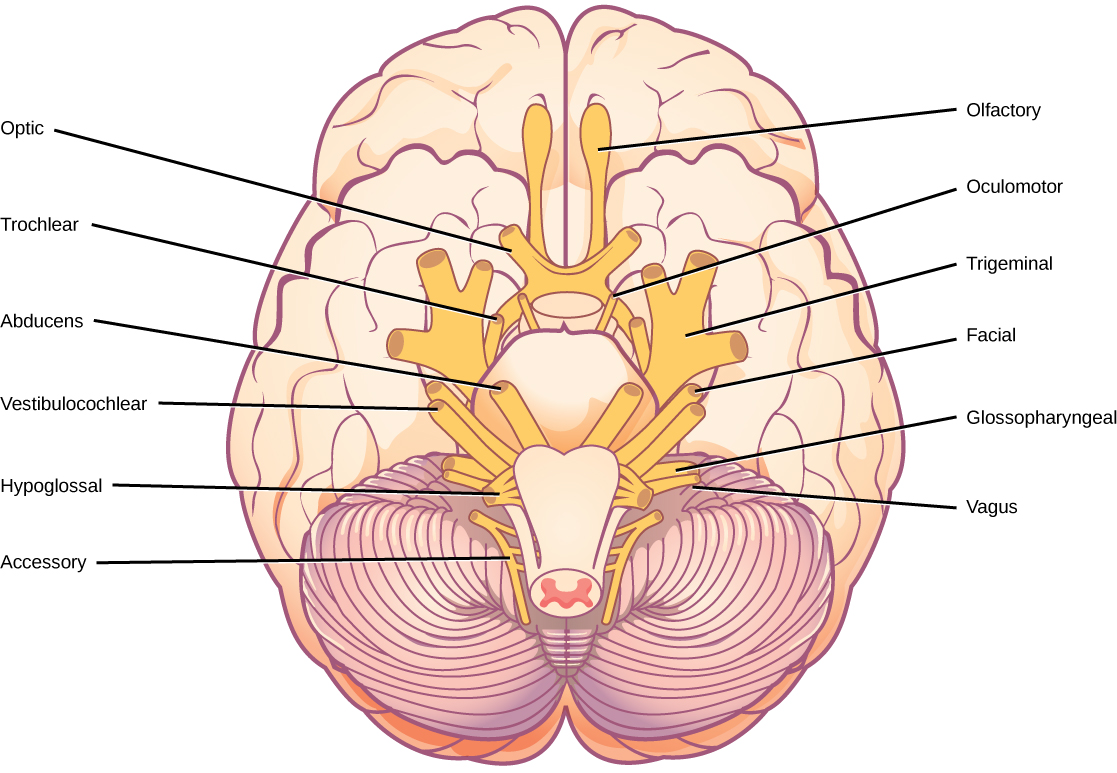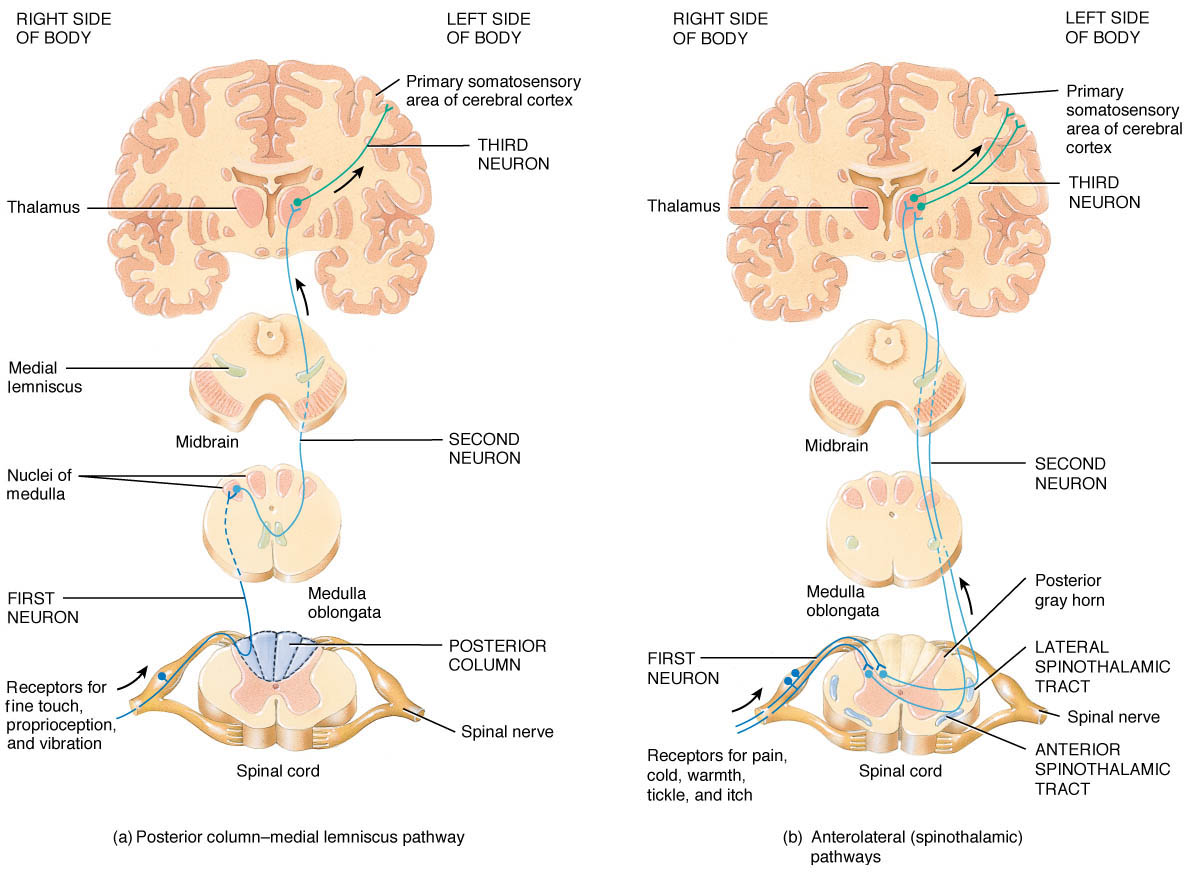Difference between Cranial and Spinal Nerves

Cranial and Spinal nerves are two different kinds of nerves in human vertebrates and also categorized into two different classes. However, many people think that these nerves have no real difference and consider them the same with respect to their classes as well. On the whole, vertebrates are categorized into three main categories including central nerves system, peripheral nervous system and autonomic nervous system. Nerves, those are associated with head and neck, are called Cranial nerves and Spinal nerves are originated from spinal cord. These all nervous systems are made of neurons and nerve fibers. These all nervous systems support the body in different kinds of activities with nerve impulses throughout the body.
Instructions
-
1
Cranial nerves
The nerves, those are associated with head and neck, are called cranial nerves. Depending on the originating place with exception of vagus nerve, cranial nerves help in transmission of sensory and motor information to the brain. You can find 12 pairs of cranial nerves in the human body. Every pair has its own specific name and these names are given with respect to every pair’s function in the body. You can also give different examples of these nerves by their specific function. The olfactory nerve which is responsible for vision has given the name of cranial nerve. The cranial nerve II, which largely responsible of vision/eyesight is called optic spinal nerve. All the cranial nerves are mixed but still two olfactory, optic and vestibulocochlear nerves are slightly different. To understand better, all the cranial nerves carry both sensory and motor fibers but at the same time olfactory, optic and vestibulocochlear nerves have only sensory fiber.
- Image Courtesy: cnx.org
-
2
Spinal nerves
Spinal nerves originated from spinal cord and are based on total 31 pairs of spinal nerves. Every pair is called with respect to its relation to their location on the spinal cord. Spinal nerves are also mixed nerves but at the same time they consist of both ventral motor and dorsal root sensory components. Spinal nerves basically carry impulse to brain as well as to spinal cord. Not only to just brain and spinal cord but these nerves also carry impulse to all body parts. Spinal nerves are slightly complex as compare to cranial nerves. These nerves form a network with other nerves and veins to go directly to a particular body segment. In human body, there are four spinal nerves including cervical plexus, brachial plexus, lumbar plexus and sacral plexus.
- Image Courtesy: classroom.sdmesa.edu








